Check me out on: Google+: | Facebook: | Twitter: | Flickr: | 500px:
Reviewing a Legend
Whenever the Canon EF 50mm f/L is mentioned photographer’s eyes light up. This lens was only made for about ten years, and only made in any kind of quantity for a few years, but has quickly attained legendary status among collectors and those that dream of owning one. After having used it for a few months, I am left to publish a review unlike no other I have ever done. This is a lens that isn’t going to be very practical for most users, but then again, who spends big money to collect practical things? Is the Canon EF 50mm f/1.0L more than just a collector’s item? Read on to find out.
Prefer to watch your reviews? I’ve got you covered!
Size and Build
There is a reason that every other full frame compatible 50mm lens has a smaller maximum aperture than this lens. Compared to the lenses of its era (1989-2000) it is massive! Its optical formula is 11 elements in 9 groups and includes two expensive aspherical elements. It has 8 aperture blades, but, as we’ll see in the bokeh section, these are not curved so the round aperture shape is lost fairly quickly. It is housed in a mostly metal body that is 91.5mm around and 81.5mm long (fat rather than long). Weight is 985g (ouch!) Canon’s other 50mm option at the time, the 50mm f/1.8, weighed a paltry 190g by comparison, making the 50mm f/1.0L a full 5 times heavier! Even the 50mm f/1.2L (click for my review) that would come much later (2007) weighs an insignificant 545g by comparison. These days lenses like the Sigma 50mm f/1.4 ART and the Zeiss Otus 1.4/55mm have equaled and even surpassed this lens in size, but there is no question that your wrists get a bit of workout with it and it will definitely feel front heavy on lighter camera bodies. It is worth noting that there was no direct replacement of this lens; the 50mm f/1.2L didn’t come for 7 more years. The current EF 50mm f/1.4 (sadly) came a few years later (sadly because this lens – now 23 years old – is still Canon’s lame duck de facto 50mm option). Needless to say that the extreme size, weight, and price of this lens (roughly $1800 at the time, much higher when inflation is considered today) did not help it become a big seller in its day.
But the size and weight of such a lens is not the main reason why no one makes a lens like this currently. The extreme nature of designing around such a large aperture brings other huge challenges, including autofocus and optical engineering. We’ll touch on those in a moment. Still, this was an engineering tour-de-force, and was a shot across the bow of Nikon showing just what Canon could do. That engineering expertise payed off in another lens with much broader appeal (hint: it still occupies the same body as this lens).
The lens includes the ES-79II hood, one of the older styles with snap-tabs instead of bayonet style. I’m not crazy about this style myself as it always feels a bit insecure to me. One other aspect of the lens hood I’m less than crazy about is how much it flares out. It can be reversed for storage, but makes the footprint of the lens much, much wider.
The view at the back of the lens is fairly unusual. Most lenses that I test these days are rear focusing (the rear element moves forwards and back), but the rear view of the 50mm f/1.0L reveals a solid, fixed chunk of glass. I’ve never seen a lens quite like it before (the 85L II is similar). The lens is not internally focusing, and there is an inner barrel at the front of the lens that extends forward as the lens is focused down towards minimum focus. This is called a floating focus system. On a positive note, it doesn’t rotate when focusing, so use of a polarizer won’t be affected (and you are going to need filters on this lens!) It uses a 72mm filter thread (very common among Canon L series primes). Unless you are shooting in very low light, be prepared to throw a filter on the front of this lens to reduce the amount of light hitting the sensor. In daylight you will be constantly exceeding even a 1/8000th shutter speed at f/1.0.
But the tradeoff for all of this is that this lens lets in more light than just about anything else ever made for a 35mm sensor. It lets in a full stop more of light at f/1.0 than the far more common f/1.4 lenses do. In that sense it is the ultimate low light performer, allowing you to stop action in a way that slower lenses can only dream of (and f/2.8 is REALLY slow by comparison here! This lens is 3 full stops faster!!) To bring this into more familiar perspective, that is like the difference between f/2.8 and f/8!
The build of the lens is incredibly familiar (and current!) for a lens that is 27 years old. The reason that it looks so familiar is that the current 85mm f/1.2L II inherited the same physical body. The copy I’m reviewing has held up extremely well and doesn’t show its age in the least. This was (is) a well-engineered instrument. The squat frame has a distance window (with hyperfocal makings for f/4, 8, 11, and f/16 – minimum aperture for this lens).
In a somewhat unusual step for this kind of the lens there is a focus limiter. You can set the lens to focus from .6m to infinity or from 1m to infinity. Doesn’t seem like much of a difference, does it? But then you enable manual focus (select MF and the camera must be powered on) and realize that there is more focus throw between .6m and 1m on this lens than there is for the whole focus range on the Sigma 50mm f/1.4 ART! That incredibly tiny depth of field means that there are incredible amount of potential focus points between minimum focus and 5 or 6 feet out. The focus limiter is also the MF switch at its final setting.
The lens can only focus down to a very poor .6 meters (roughly two feet), and the resulting maximum magnification figure (.11x) is poorer than I’ve seen for any other 50mm lens (my older Zeiss Planar T* 1.7/50mm is a close second). The current class leader (in a non-macro form) is the Tamron 45mm f/1.8 VC and its .29x maximum magnification. The difference between the magnification of these two lenses is staggering. The Tamron shot is the bottom one – both of these are shot at the respective minimum focus distances for the lens.
What is unquestionable is that this is a great lens to look at! Here are few more shots of this beauty:
Autofocus Findings
First of all, it is actually somewhat incredible that a lens like this has autofocus. This is a huge engineering accomplishment. The strain put on an autofocus system by such a large aperture is incredible, as is the amount of force required to move such heavy elements. Canon managed this in a unique way, combining a focus by wire system that isn’t dissimilar in that sense to modern STM lenses, though the actual focus motor here is a ring USM (Ultrasonic Motor). Considering the challenges presented by the extreme nature of this lens, the autofocus is really quite a success. It actually probably works better today than it did at the time that it was manufactured because of better autofocus systems along with the ability to perform microadjustment to calibrate the lens to the camera body.
Overall resolution isn’t fantastic, but this f/1.0 shot is certainly nailed as far as focus.
It is interesting to calibrate such a massive aperture lens. The amount of glass in it is incredible, and knowing how shallow that depth of field is makes me leery that the lens would be able to accurately autofocus. Although the lens needed a -12 (a fairly large adjustment), it focused quite consistently at that setting in my tests.
Autofocus performance is actually fairly good, particularly at close to medium distances. The relatively low sharpness (combination of low contrast, relatively low resolution, and high chromatic aberrations) on the subject in comparison to many high resolution lenses might tempt you to think the image isn’t focused well, but I found that in the majority of my shots good focus had been achieved. You also have to focus very carefully, as depth of field is very, very thin at f/1.0 at most focus distances. Using the focus and recompose technique may not work in some instances. In one case, I took a photo of a barn and thought the AF literally couldn’t hit the side of a barn, but then I noticed that some very thin reeds sticking out of the snow about 10 feet in front of the barn were in focus. That point of contrast had obviously caught the AF’s attention, and the very thin DOF meant that the barn was not in focus at all despite my being at least thirty feet from it and over twenty from the reeds.
A lens like this doesn’t only put pressure on the AF system; it puts a lot of pressure on the photographer. Still, my feeling is that the aging AF system in the 50mm f/1.0L is still doing a pretty impressive job considering the challenge it faces – at 5 feet the depth of field is a tiny 2 inches; an f/1.8 has twice as much DOF to play with. I will admit that my expectations were lower with this lens than modern ones, but while not perfect, the AF system in the 50mm f/1.0L really does quite a decent job of accurately focusing.
Autofocus speed is not nearly as impressive. The 85mm f/1.2L II inherited the “shell” of this lens (they are physically almost identical), but it seems like they share leisurely autofocus speed as well. Minor focus changes are relatively quick, but major changes (particularly towards minimum focus) are very slow. You definitely get a sliding noise as the elements move into place, though the actual AF motor is relatively quiet.
There is full time manual override, but only if the shutter button is held down halfway while turning the focus ring. On that point, even if the lens is switched into MF the focus ring will only do something if the camera is powered on and active. The actual action of the focus ring is quite smooth, in part because the connection to the moving of the elements is electronic, not mechanical. Even in manual focus mode it is actually the USM motor that moves the elements, much like modern STM lenses. The copy that I’m reviewing is sometimes sluggish to “wake up” and accept manual input, so occasionally it can be a little exasperating.
Still, this lens is definitely unique in its ability to accurately autofocus at such a massive aperture value and in many ways behaves like any other lens.
Image Quality
This is a demanding lens…period. It is capable of producing very unique results, but it challenges you to use it the right way. If you plan to shoot outdoors, for example, know that at wide apertures you are likely to be butting up against the limits of your camera’s shutter speed all the time. My 6D’s limit is a weak 1/4000th, but even the 1/8000th limit of my 70D is regularly exceeded. My solution was to use a three stop ND filter (ND8), but even with that on a bright sunny day I was regularly hitting max shutter speed. The inverse of this, of course, is that you can shoot in very low lighting conditions and maintain a slow shutter speed. Just to give you an example: I was calibrating a Tamron SP 45mm f/1.8 VC lens, and with the lighting on the test chart it was metering at 1/400th second (ISO 100, f/1.8). Just for the fun of it, I aimed the 50L at the chart at f/1.0 – the camera metered at 1/2500th of a second!!! That shows the difference between f/1.0 and f/1.8 and demonstrates just how much light this baby can suck in.
There is no other lens that I know of that can gather more light than this lens. There is a Mitakon 50mm f/.95 lens, but it is for a mirrorless and manual focus only. The difference in aperture between these lenses becomes little more than technicality. That aside, you will be unlikely to be in many situations where you can’t shoot at a relatively low ISO setting.
Clearly an area where this lens shines in its very shallow depth of field and subject isolation. A great application of this lens is not only throw backgrounds out of focus but also foregrounds. If you isolate your subject between a diffused foreground and background you maximize that huge aperture. Shoot with corners in the frame, or foreground bushes, trees, or other objects. They disappear into a defused blur and allow you to creatively frame subjects in a very unique way. I shot the shot above through a chair. The wooden slats are only a vague frame here.
I ran an Aperture Sharpness Profile on the lens. At no aperture is it as sharp as most of the modern lenses that I review, with peak sharpness coming at f/4, with consistently high results coming between f/3.2 and f/5. The lens doesn’t really reach a high level of sharpness until f/2.2. Diffraction sets in at f/10, but the lens stays as sharp through f/16 as it is at f/2.
Apparent resolution takes a hit because of some other optical defects, namely low contrast at wide apertures and strong amounts of chromatic aberrations. This tends to make the details a little hazy and mushy when viewed at a pixel level. The whole picture has a different look than what I’m familiar with; almost like a slight filter has been applied. You will either love or hate the look. I shot a few video segments with it and I was personally less than thrilled with the final product. The shot below shows this “look” at f/1.0:
This “haze” makes details indistinct due to the chromatic aberrations, lack of contrast, and low resolution. I dinged the new Tamron 45mm f/1.8 VC for its chromatic aberrations, but this shot shows how stunningly different its contrast and CA control is compared to the f/1.0L:
Chromatic aberration correction is a challenge with this lens because of the width of the aberrations. Fine lines often don’t resolve with hard edges but are blurred, meaning that the chromatic aberrations can cover a wide area and don’t clean up particularly well. This shows a particularly bad example and what it looks like after extensive processing to remove the CA:
Another area where the lens fails modern standards is in its flare control. It flares strongly and uniquely when the sun is in the frame. Curved ghosting lines head out towards the edges of the frame, and a general loss of contrast (veiling) occurs.
The lens also heavily vignettes at wide apertures, but not necessarily much more than many other wide aperture lenses. There isn’t a standard profile for the lens, so you will need to find your preferred look manually if you want to correct for it. Vignette is mostly gone by f/4 (except extreme edges).
All of this aside, in real life testing sharpness is actually very adequate…with a major caveat. The lens is clearly optimized for portrait distances, and resolution isn’t very impressive at wide aperture beyond about 15 feet to infinity. This is one area where I feel modern primes have made great strides, and recent lenses like the 35L II, Zeiss Otus lenses, Sigma ART primes along with the new Tamron primes have demonstrated the ability to resolve highly at all focus distances, not just a certain “optimized” zone. In this case, however, one is hardly well served using this lens as a wide aperture landscape lens – that isn’t at all what it is about.
But for some photographers all of these flaws are welcome; they enjoy shooting with this lens because of them and the distinct look that it gives their photos. Different strokes for different folks!
Check out the image gallery for this lens to see a lot more photos.
Bokeh Monster?
I encourage you to check out this video segment where I interactively break down the bokeh and image quality from the lens:
When you hear f/, you immediately think of utterly brilliant bokeh. The lens is definitely capable of an incredible amount of blur both before and after the narrow plane of focus, but the bi-aspheric design of the lens results in some unique (positive spin) or downright funky (honest) looking bokeh.
I actually prefer the look of the bokeh on this lens on an APS-C sensor where the mirror box doesn’t cause the clipping effect on the bokeh circles. Here is a look at the bokeh at various apertures on APS-C (crop).
Here is the bokeh at various apertures on full frame:
Contrary to expectations you may not want to put out of focus highlights in the frame with this lens. The bokeh is actually better without specular highlights (bokeh circles). You can develop a lot of “cream” with this lens when you shoot at relatively close distances. Look at how diffused the ping pong net is just a little bit beyond the paddles and ball here:
Subject isolation is a strength, but bokeh highlights…not so much. Some people will love the uniqueness of the bokeh, but it definitely doesn’t suit conventional tastes. I prefer bokeh shots without highlights in them. I see some of these shots are being more artistic:
Conclusion
Without being contradictory, it is easy to see why the Canon EF 50mm f/1.0L never sold much but also easy to see why people are desperate to acquire the rare copy that shows up on the used market. The lens is far too inaccessible for the typical photographer and too optically flawed for most working professionals. The Canon 50mm f/1.2L has its own share of detractors, but in every way it is far more accessible than its venerable (and more extreme) ancestor. But it is the extreme nature of 50mm f/1.0L that also makes it so desirable as a collector’s item. People are intrigued by extremes, and even the optical flaws of the lens will be desirable to some; a challenge to overcome.
Supercars are not very practical, but they are highly desirable. Think of the Canon 50mm f/1.0L the same way. Putting a man on the moon had little practical value, but it made a Cold War statement for the United States that screamed, “Look what we can do.” The technology developed in the Apollo missions served many other more practical purposes later.
Canon didn’t make this lens (in quantity) for long, but it was a shot across the bows of Nikon, Pentax, and others that said, “Look what we can do!” The technologies (and lens body) pioneered in this lens were implemented into the far more practical (yet still extreme) EF 85mm f/1.2L, and seven years later evolved into the EF 85mm f/1.2L II lens; one of the most prized portrait lenses in the world. The burst of creativity and advanced engineering that resulted in this lens enabled Canon to create more accessible and successful autofocusing f/1.2 lenses (50mm and 85mm), a feat that no one else is replicating even in 2016. It is worth noting that still today Canon is the only one producing autofocusing lenses with an f/1.2 maximum aperture.
Was the Canon EF 50mm f/1.0L USM a success? That depends on what metric you use. Canon was clearly successful in make something so extreme work, and my review copy is still working well some 25+ years later. It is far from being the most practical optical instrument I’ve ever used, but yet I can clearly so why so many collectors long for this lens and why the price for one is likely to only continue to climb in the future.
Thanks to Craig from Canon Rumors for loaning me his personal copy of this lens for Q1 2016 so that I could thoroughly review it. I appreciate it!
Pros:
- Bragging rights of having the biggest aperture in the room
- f/1.0
- Your neighbor won’t have one
- Taking pictures of it is as fun as taking pictures with it
- Fairly accurate autofocus even at f/1.0
- f/1.0
- Incredible subject isolation
- f/1.0
- Value likely to only grow
Cons:
- You don’t need f/1.0, and the optics are compromised to get there
- Low resolution, low contrast
- Poor flare and chromatic aberration control
- Funky, busy bokeh in many situations
- Costs as much as a Zeiss Otus 1.4/55mm…used
- Heavy
- Autofocus is on the slow side
Gear Used:
Canon EOS 6D DSLR Camera (Body Only)
Canon EF 50mm f/1.0L USM
Adobe Lightroom CC Software for Mac and Windows (Boxed Version)
Adobe Photoshop Creative Cloud 1-Year Subscription
Alien Skin Exposure X (Use Code “dustinabbott” to get 10% anything and everything)
Purchasing your gear through B&H and these links helps fund this website and keeps the articles coming. Thank you for your support.
Great News! I can now offer a 5% discount on all purchases at Amplis Foto, Canada’s Leading Photographic Supplier. Please enter discount code: AMPLIS52016DA in your cart. It is good for everything in your cart, and is stackable with other coupons, too! It will take 5% off your entire order! Proceeds go towards keeping this site going and providing you with new reviews!
Check me out on:
Google+: | Facebook: | Twitter: | Flickr: | 500px:

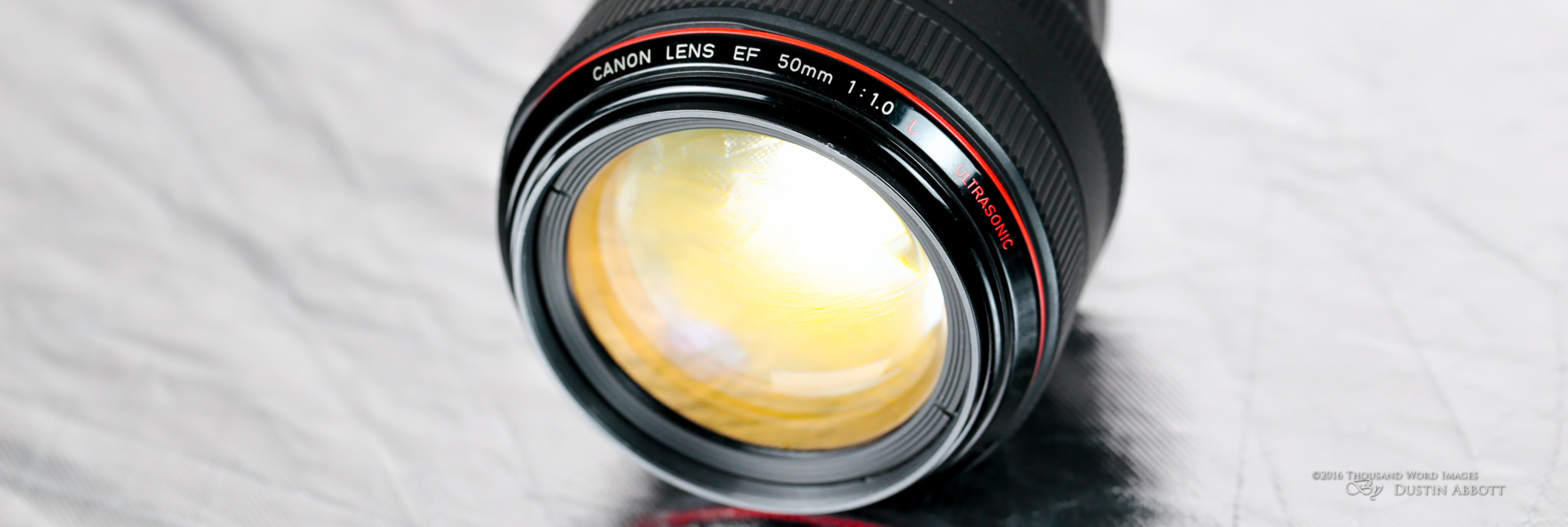
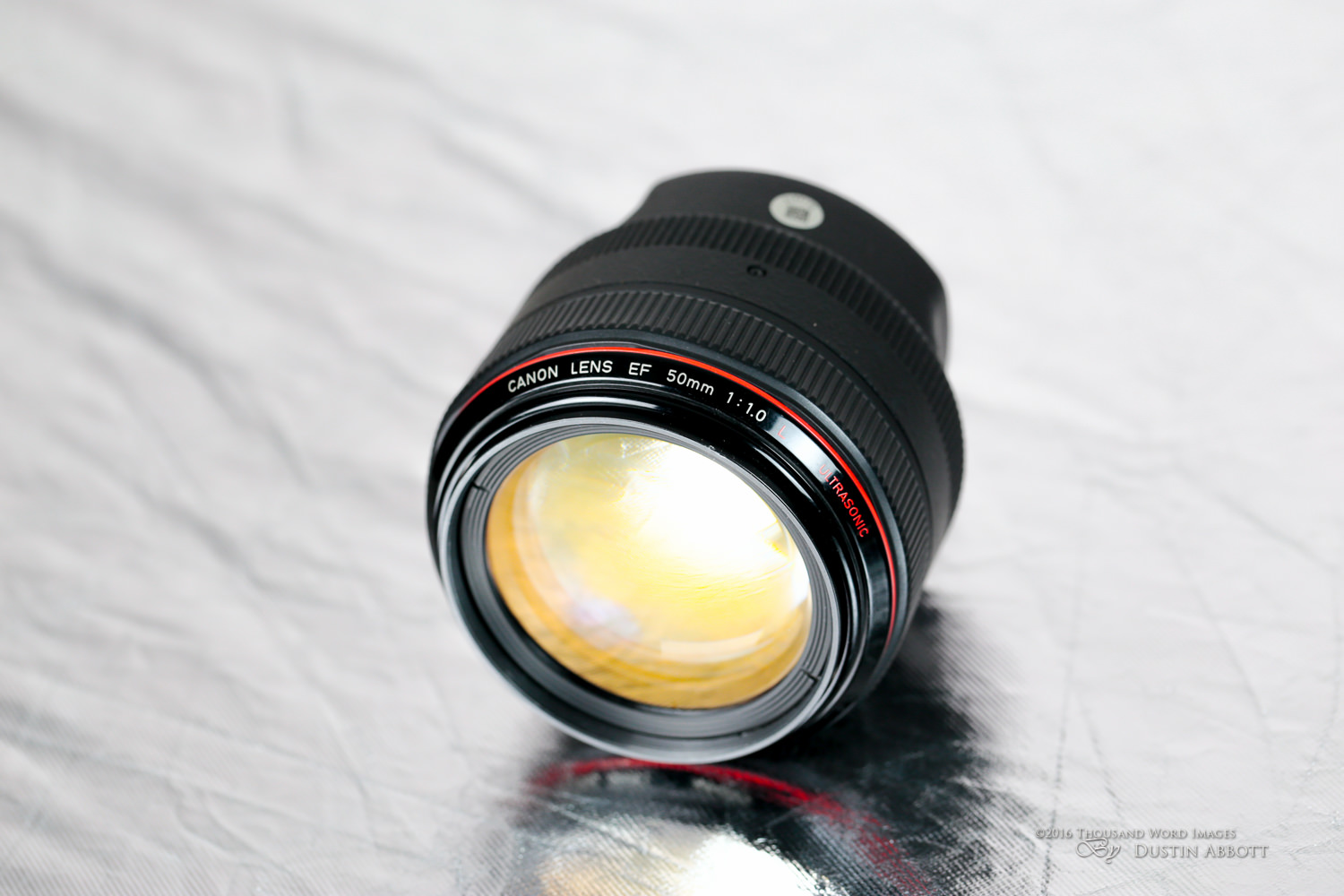
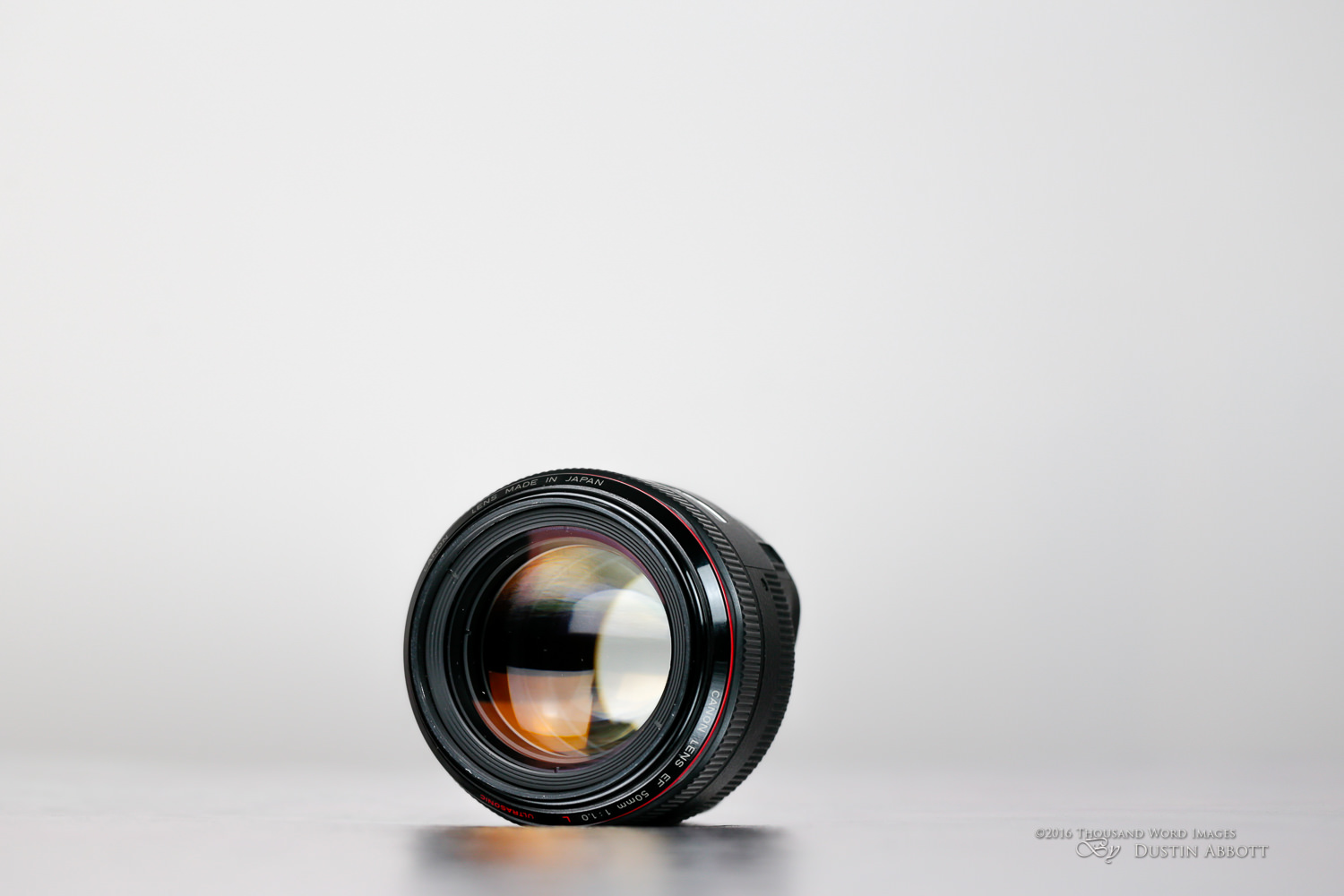
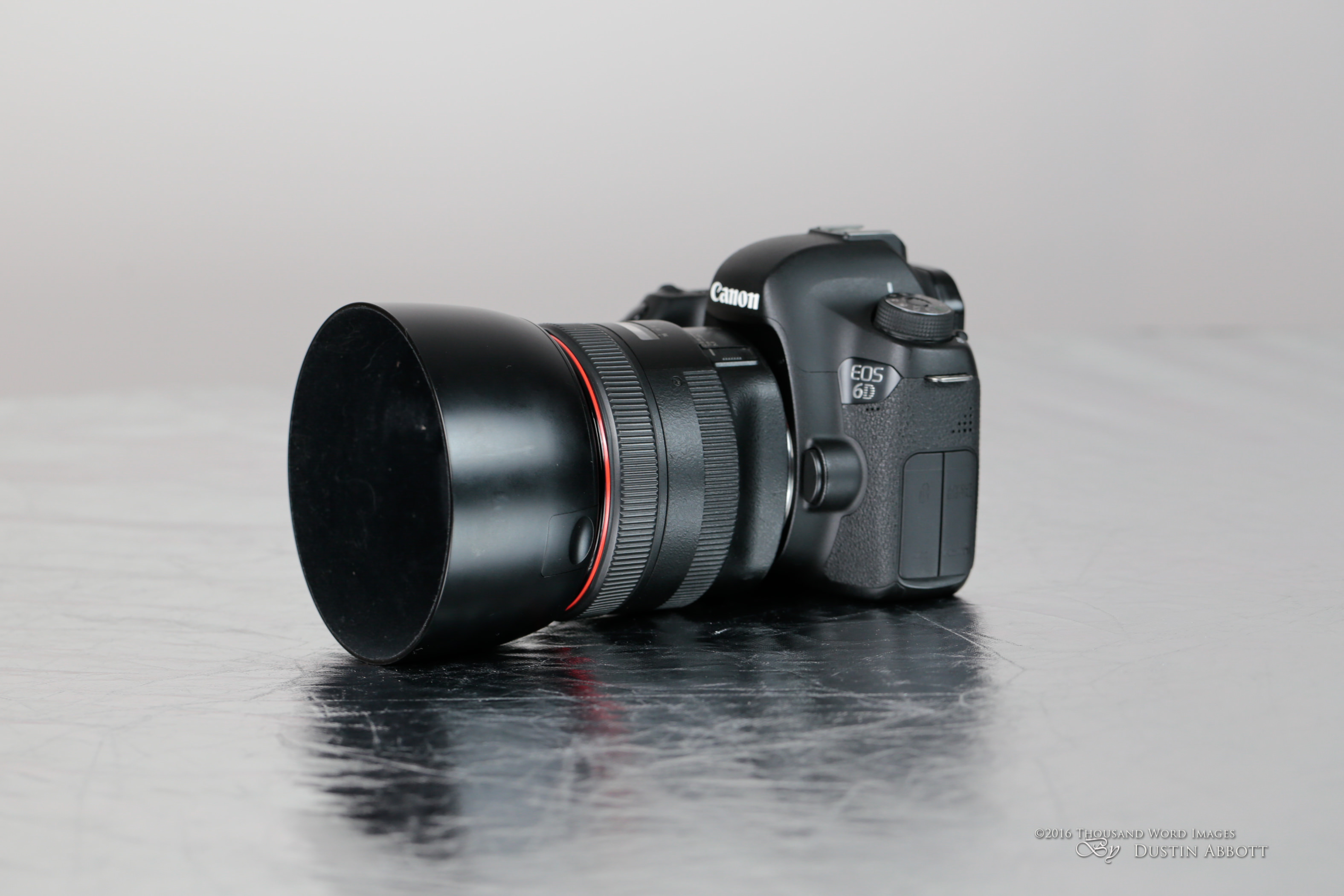
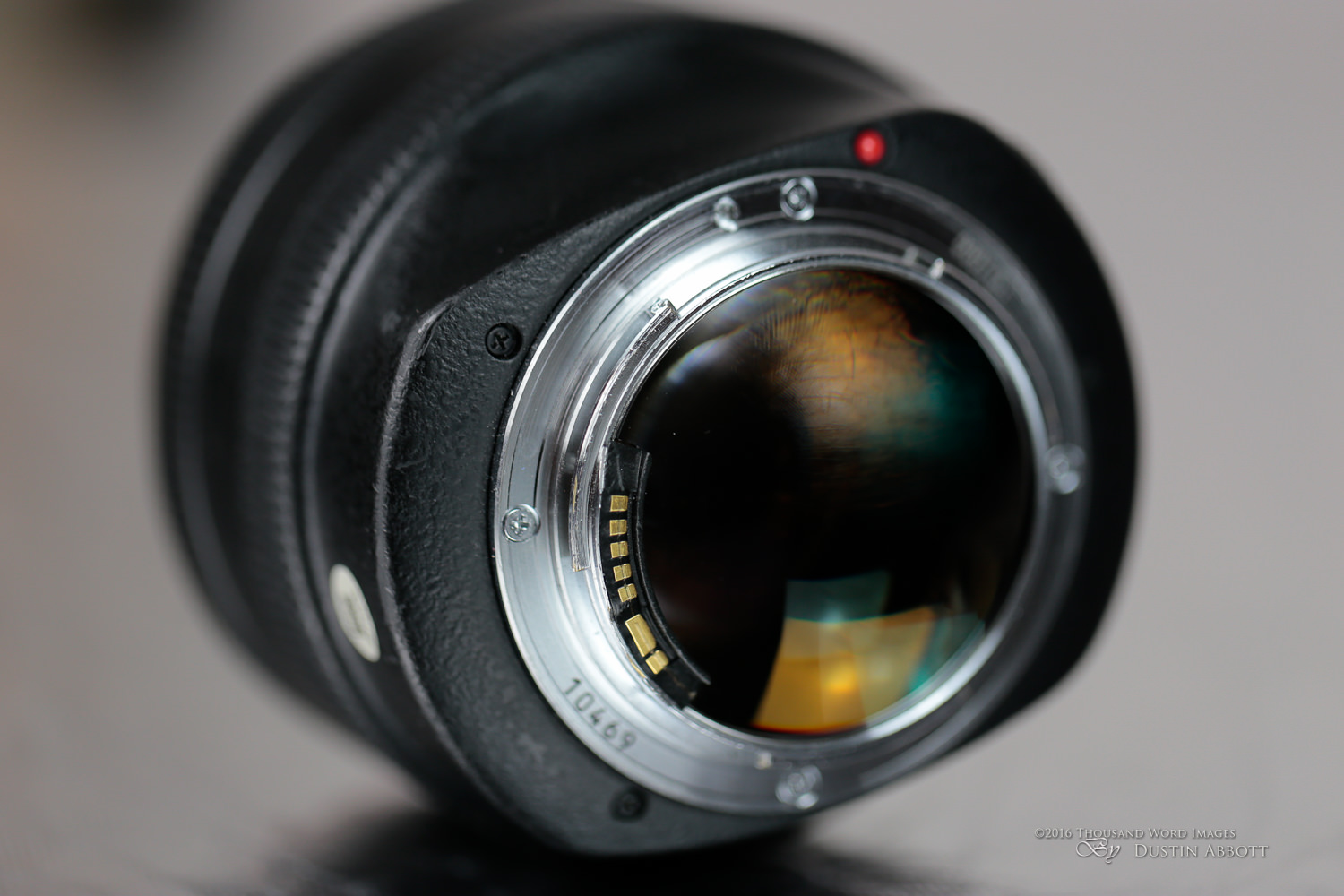
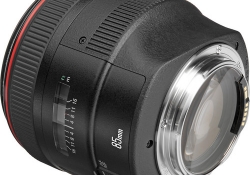
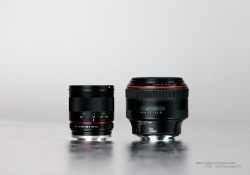

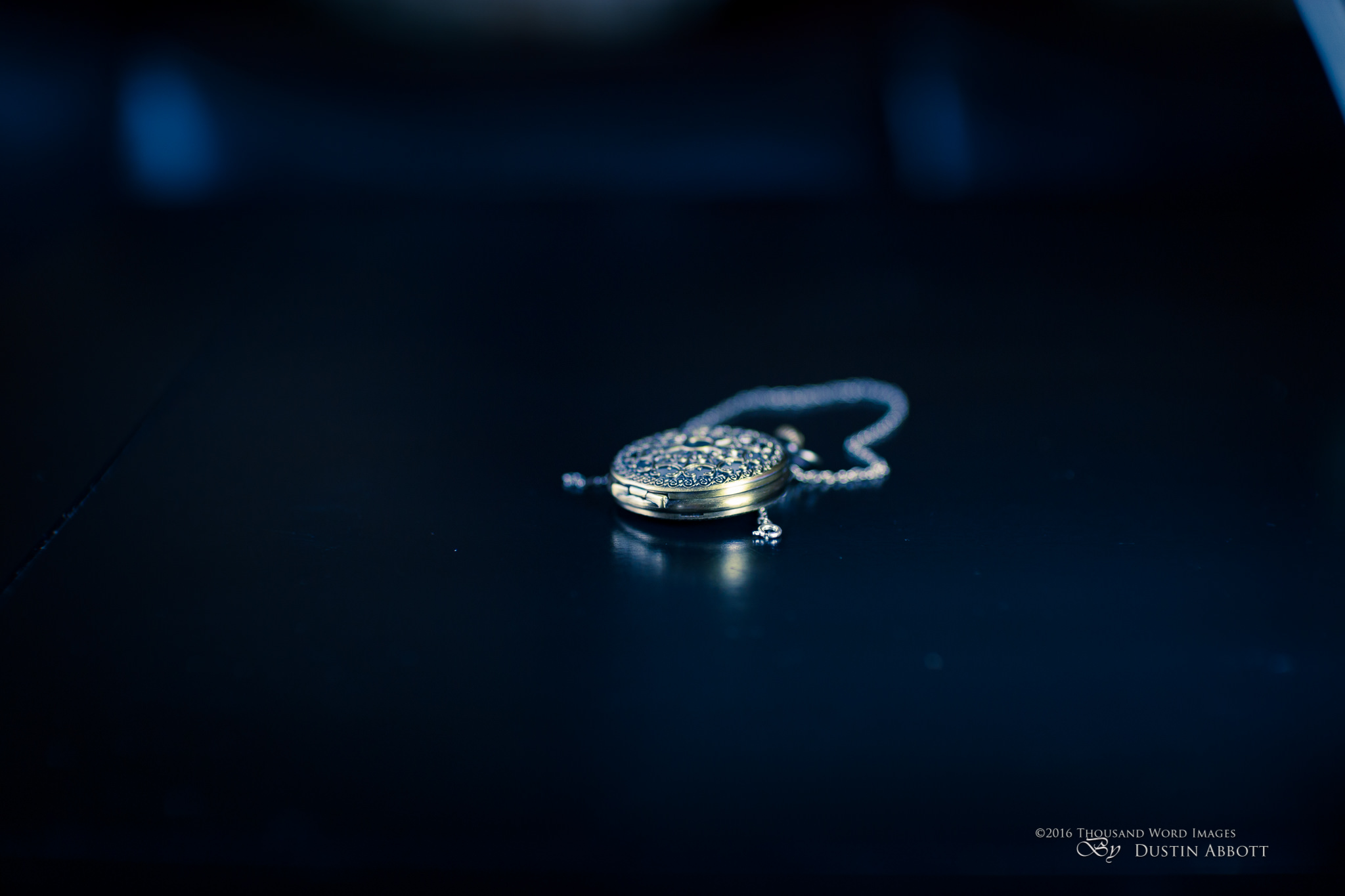
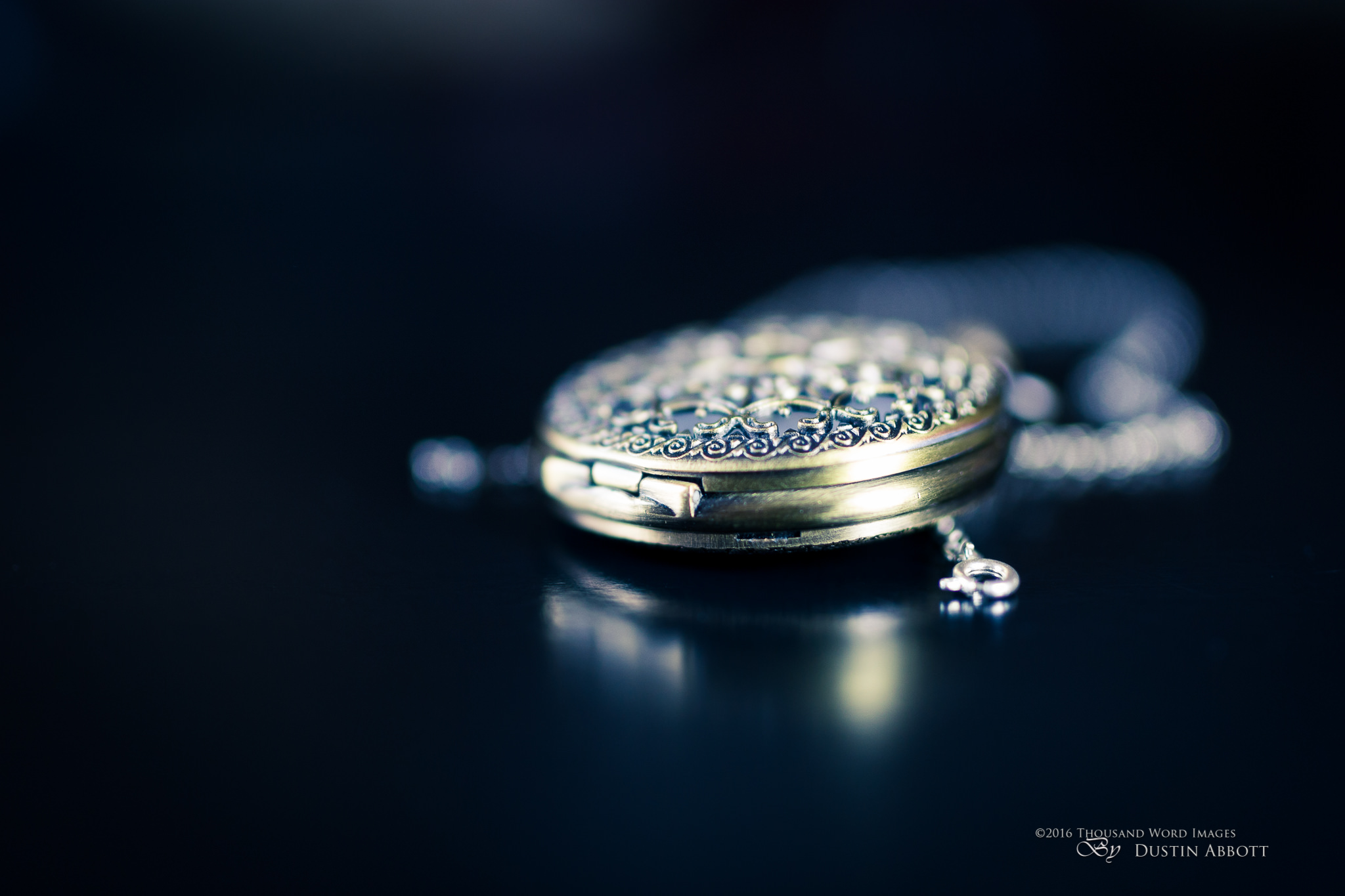

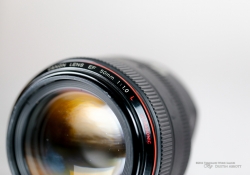
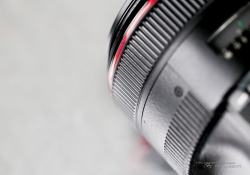
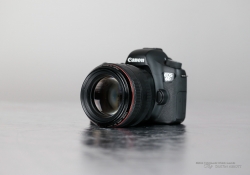
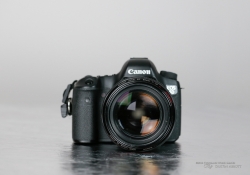


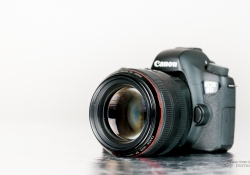


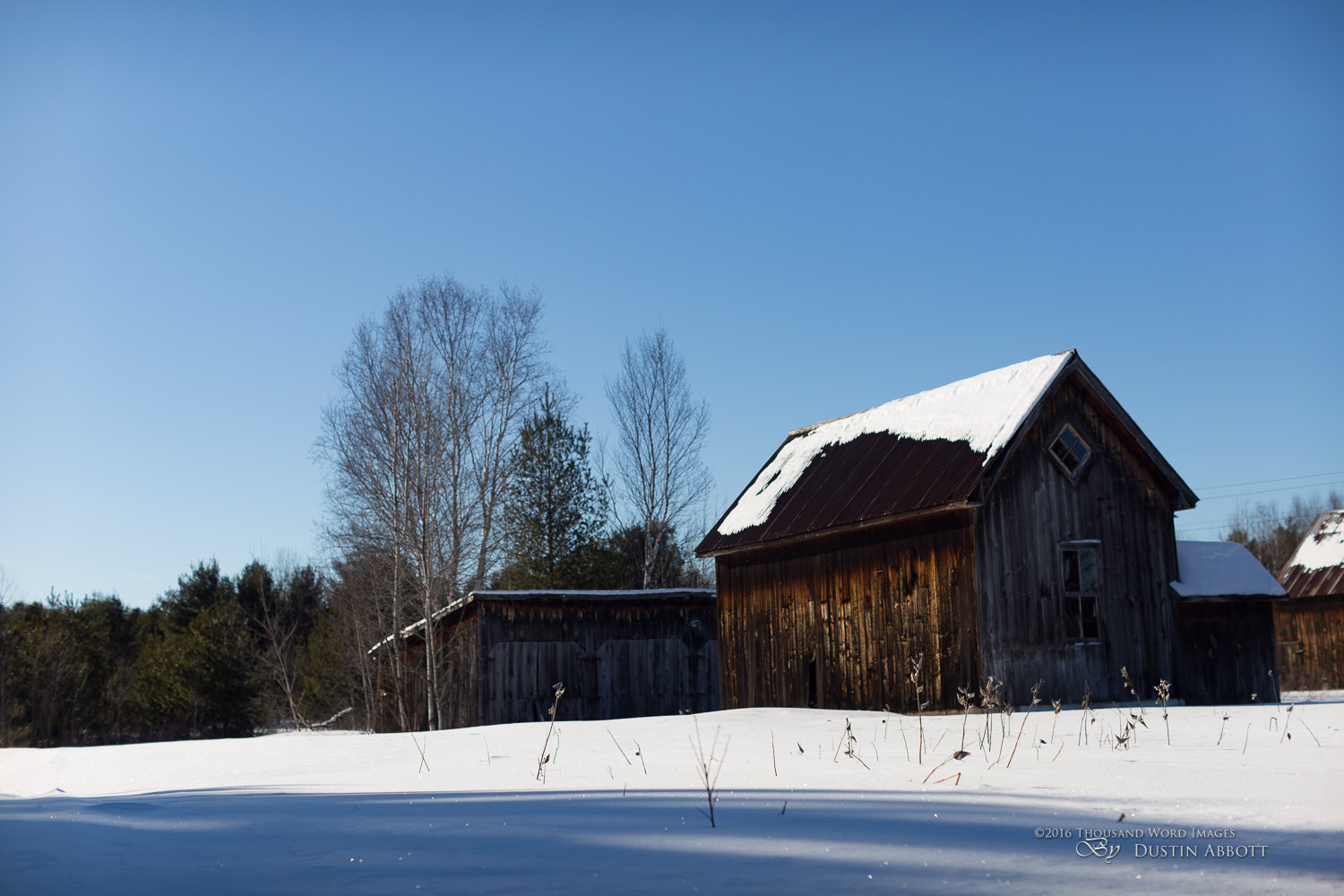

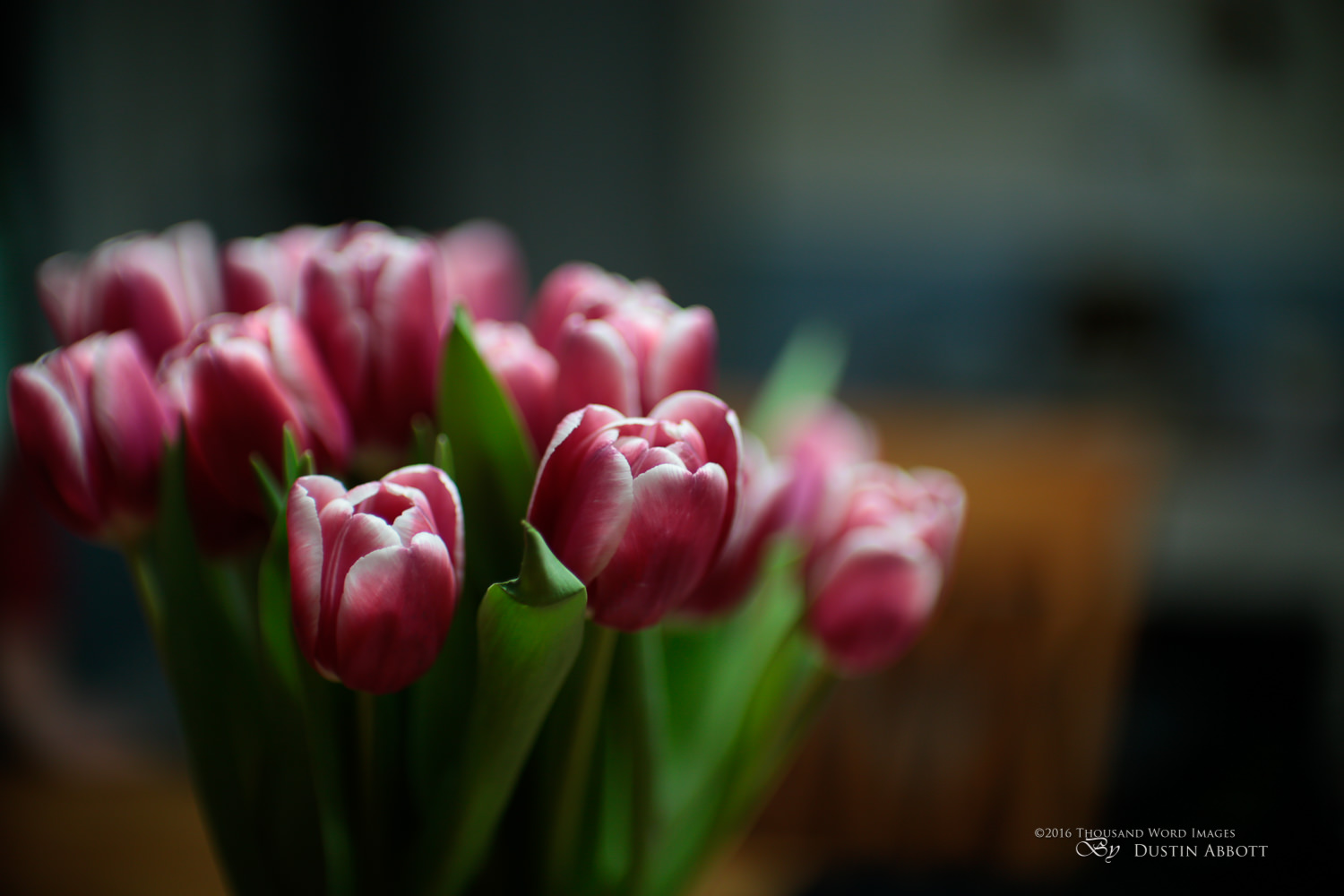


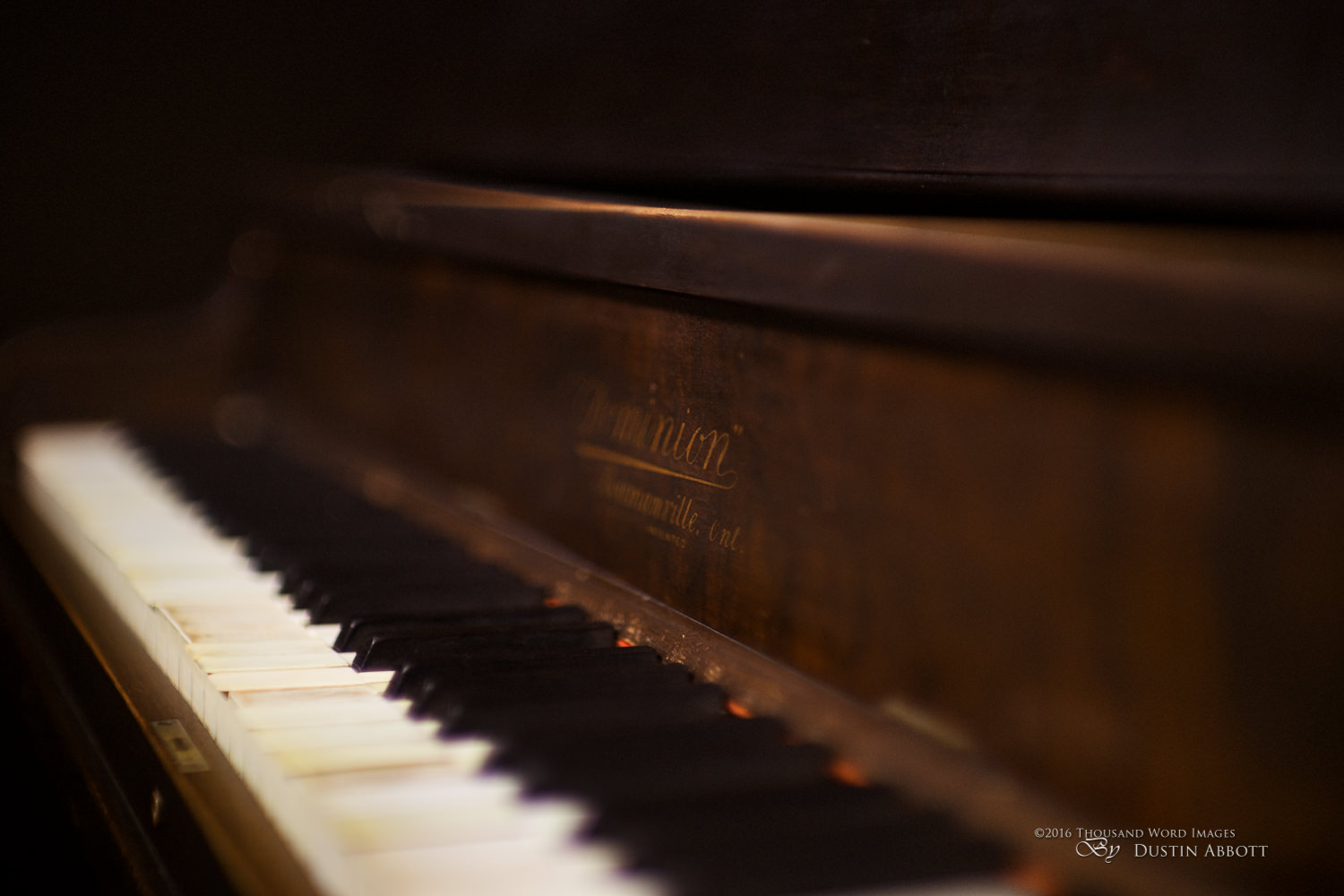




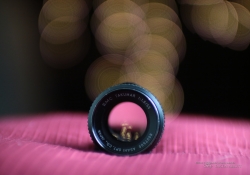

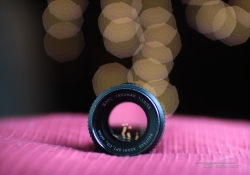

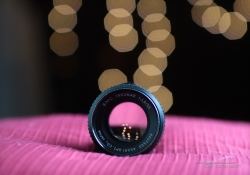

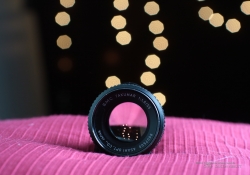

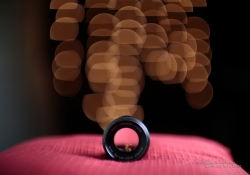
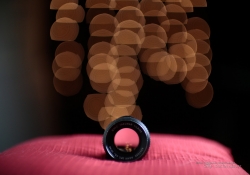
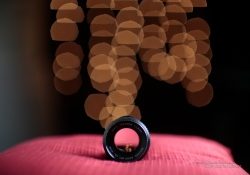
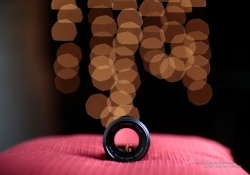

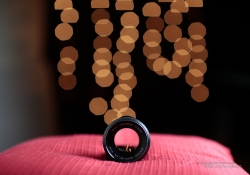
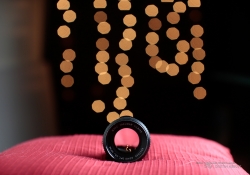
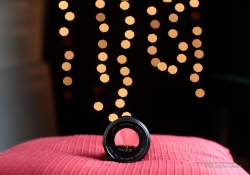
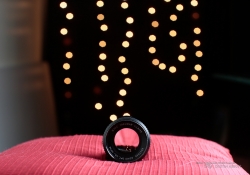
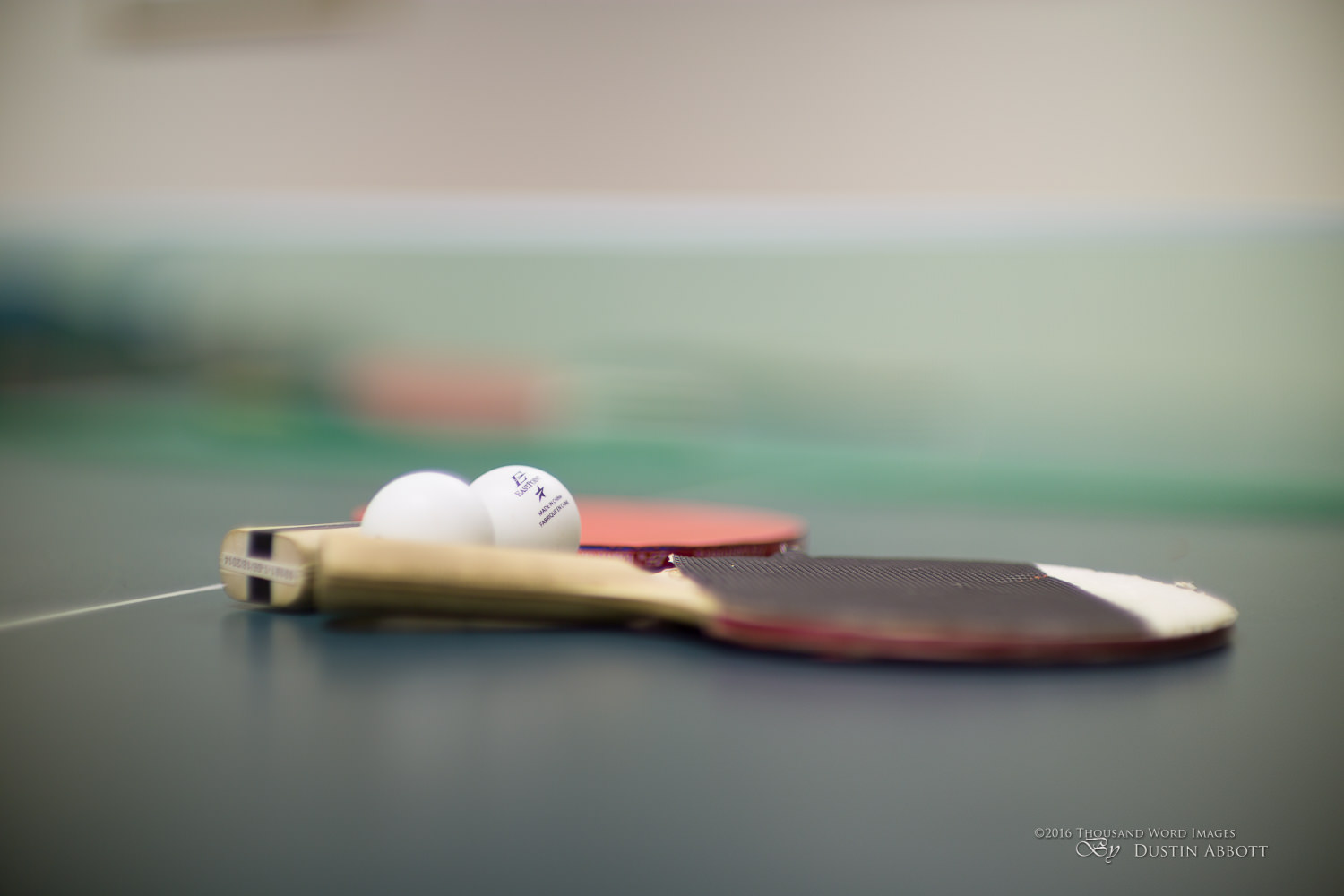










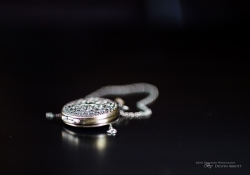


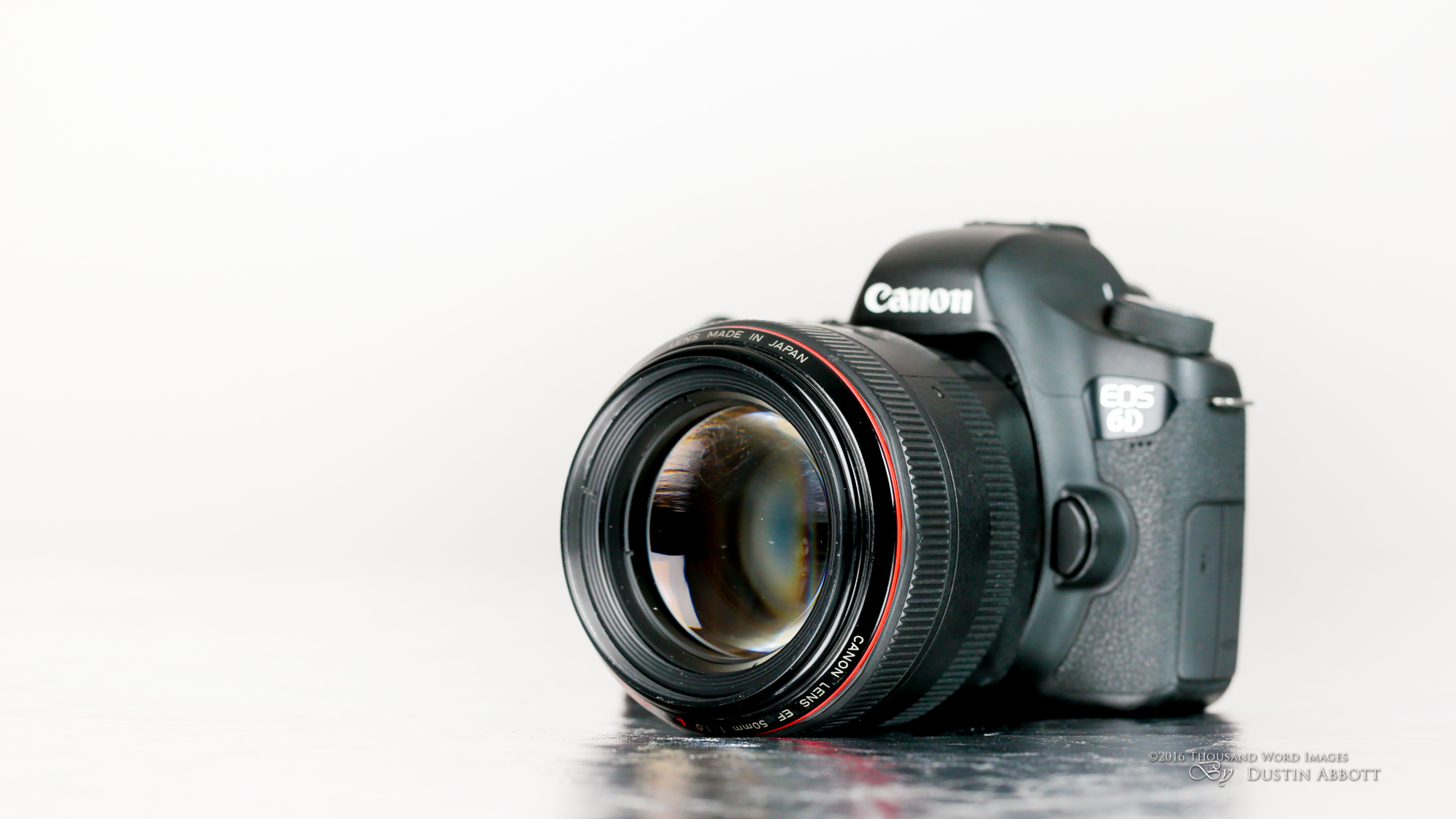

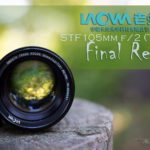
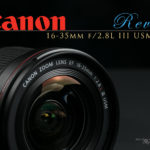
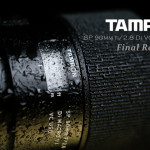

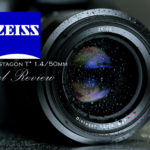
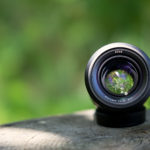
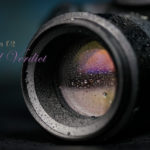
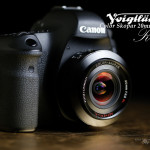
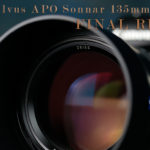
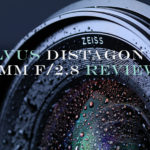
“There is a Mitakon 50mm f/.95 lens, but it is for a mirrorless APS-C system, so this lens still trumps it when paired with a full frame sensor. ”
WRONG! The Mitakon is a FULL FRAME lens and aside from the nostalgia and sexy red ring, the Mitakon beats the Canon in every IQ department , Of course, it is manual only.
You are right. I assumed that it was an E-mount APS-C. Sony’s designation on its mounts gets a little confusing! I’ve updated the review accordingly.
I really liked your review here. This lens is epic beyond epic, to play with one truly enrapturing, yet to own one, I would likely rarely use it. So thanks for allowing me to vicariously enjoy this rarity!
Chris, I’m glad you enjoyed the review. Thanks!
[…] Legendary Lens: Canon 50mm f/1.0 L USM Review [Dustin Abbott] […]